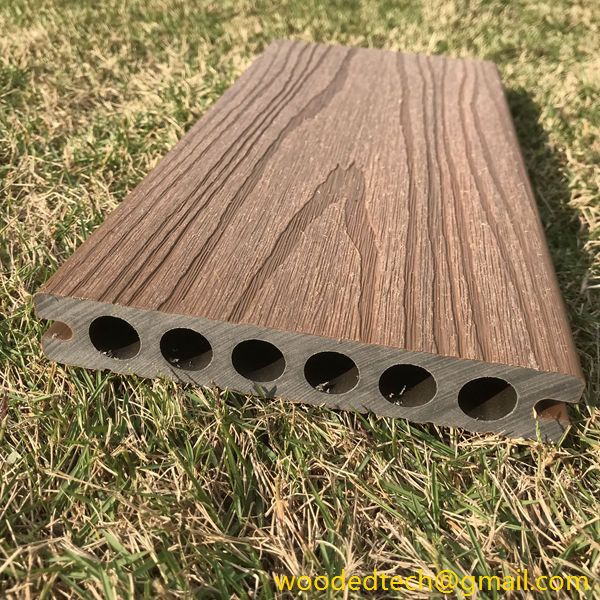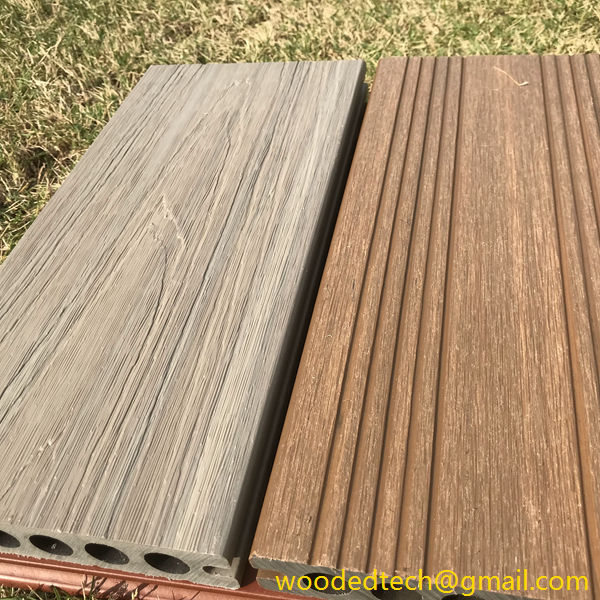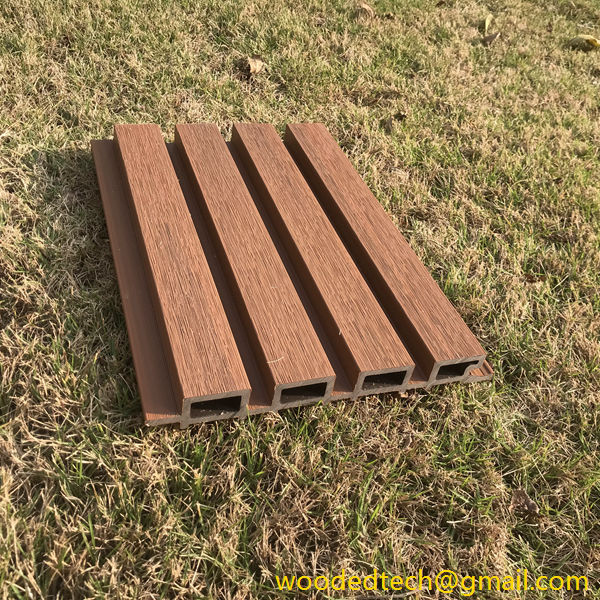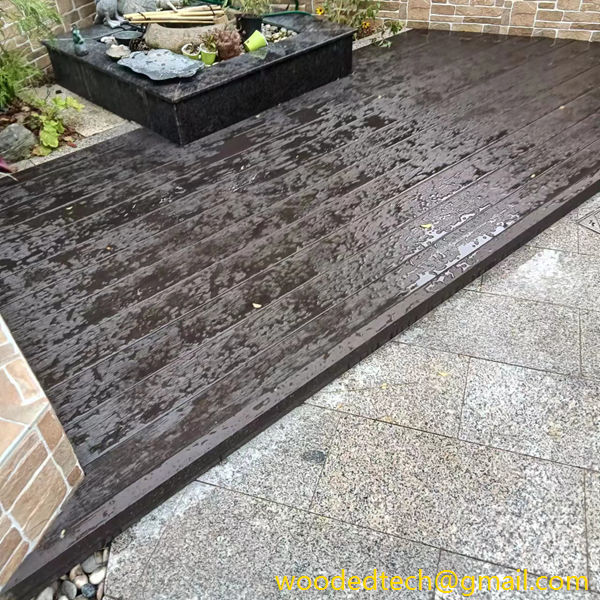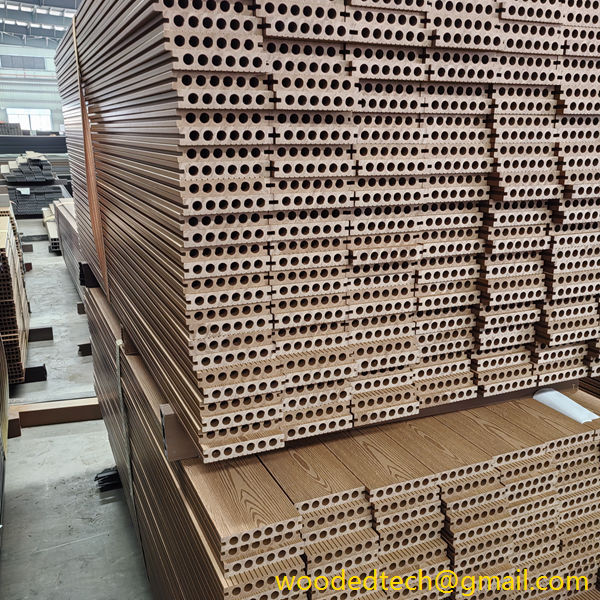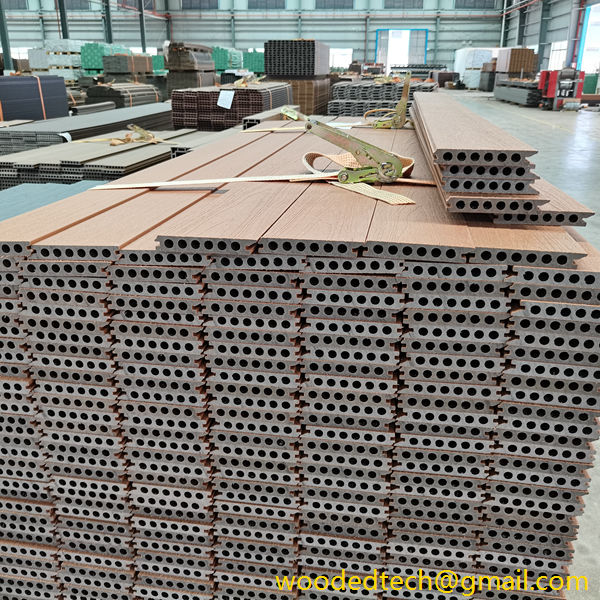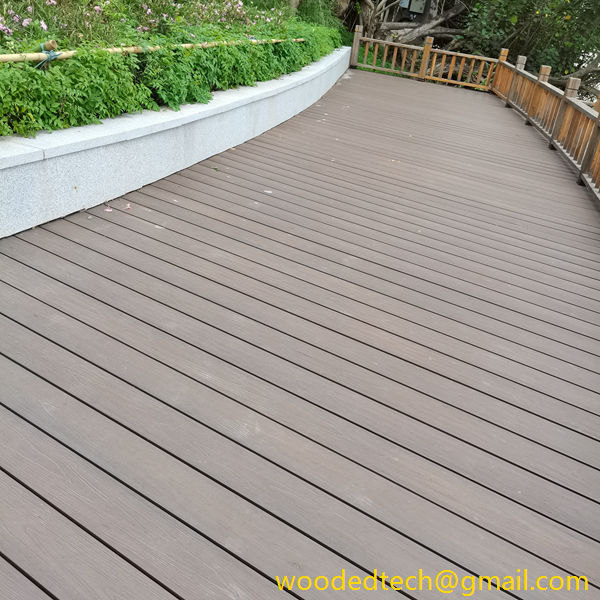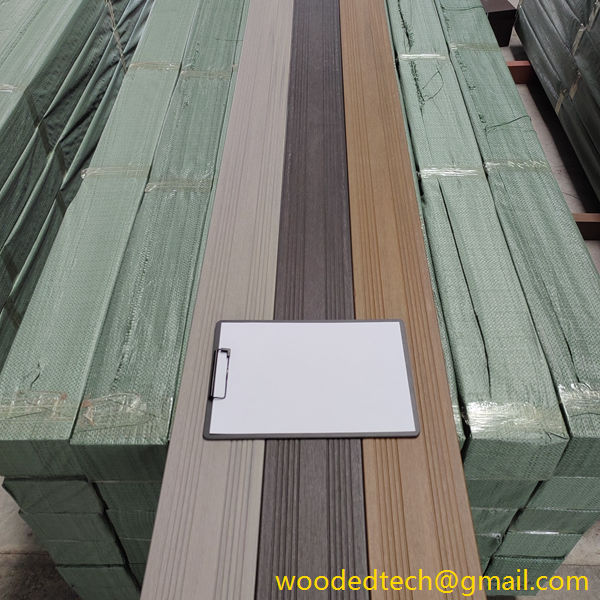Essential Information on Decking Composite Base Materials
Essential Information on Decking Composite Base Materials Decking composite base materials have become increasingly popular in the construction and landscaping industries due to their durability, aesthetic appeal, and low maintenance requirements. As homeowners and builders seek alternatives to traditional wood decking, composite materials have emerged as a viable solution that combines the best features of…
Essential Information on Decking Composite Base Materials
Decking composite base materials have become increasingly popular in the construction and landscaping industries due to their durability, aesthetic appeal, and low maintenance requirements. As homeowners and builders seek alternatives to traditional wood decking, composite materials have emerged as a viable solution that combines the best features of wood and synthetic materials. In this article, we will explore essential information about decking composite base materials, including their composition, benefits, and considerations for use.
Composite decking is primarily composed of a blend of wood fibers and plastic. This combination offers the appearance of natural wood while providing the structural integrity of synthetic materials. The wood fibers are typically sourced from recycled wood products, such as sawdust and wood shavings, making composite decking an eco-friendly option. The plastic component usually consists of recycled polyethylene or polypropylene, which enhances the material’s resistance to moisture, rot, and insects. This unique blend results in a product that is not only sustainable but also highly functional.
One of the most significant advantages of composite decking is its durability. Unlike traditional wood, composite materials do not warp, splinter, or crack over time. This resilience makes them an excellent choice for outdoor applications, where exposure to the elements can take a toll on conventional wooden decks. Additionally, composite decking is resistant to fading and staining, ensuring that its appearance remains vibrant and attractive for years to come.
Another essential feature of composite decking is its low maintenance requirements. Homeowners who choose composite materials can enjoy their outdoor spaces without the need for regular sealing, staining, or painting. Instead, cleaning composite decking is as simple as using soap and water or a mild detergent to remove dirt and debris. This convenience appeals to many consumers who seek to minimize the time and effort spent on upkeep.
In terms of aesthetics, composite decking offers a wide range of colors, textures, and finishes. Manufacturers have developed various styles to mimic the look of different wood species, allowing homeowners to achieve the desired appearance for their outdoor spaces. This versatility makes composite decking an attractive option for various architectural styles and landscaping designs.
When considering composite decking, it is essential to evaluate its environmental impact. As mentioned earlier, many composite products are made from recycled materials, reducing the need for virgin resources. However, not all composite decking is created equal. Some products may contain harmful chemicals or additives, such as formaldehyde or heavy metals, which can pose risks to human health and the environment. Therefore, it is crucial to research and select products that are certified for sustainability and safety, such as those that meet the standards set by organizations like the Forest Stewardship Council or the American Society for Testing and Materials.
Another factor to consider when choosing composite decking is its cost. While the initial investment for composite materials may be higher than traditional wood, homeowners should account for the long-term savings associated with reduced maintenance and replacement costs. Additionally, the longevity of composite decking—often lasting 25 years or more—can offset the higher upfront price. It is essential to weigh these factors when determining the most suitable option for a specific project.
Installation of composite decking can be straightforward, but it is essential to follow the manufacturer’s guidelines to ensure a successful outcome. Composite boards are typically available in standard sizes and can be cut, shaped, and installed using the same tools as traditional wood decking. However, due to the thermal expansion properties of composite materials, proper spacing and ventilation are crucial during installation to prevent warping or buckling over time.
Furthermore, composite decking is often designed with interlocking systems, which can simplify the installation process and enhance the overall appearance of the finished product. These systems allow for a seamless look without visible fasteners, contributing to a clean and modern aesthetic.
In summary, decking composite base materials represent a significant advancement in the world of outdoor construction. Their unique composition of wood fibers and plastic offers numerous benefits, including durability, low maintenance, and aesthetic versatility. As consumers become more environmentally conscious, the sustainable aspects of composite materials make them an attractive option for many projects. However, it is essential to carefully consider factors such as environmental impact, cost, and installation requirements when selecting the right material for a specific application. By understanding the essential information surrounding composite decking, homeowners and builders can make informed decisions that enhance their outdoor spaces while contributing to a more sustainable future.

